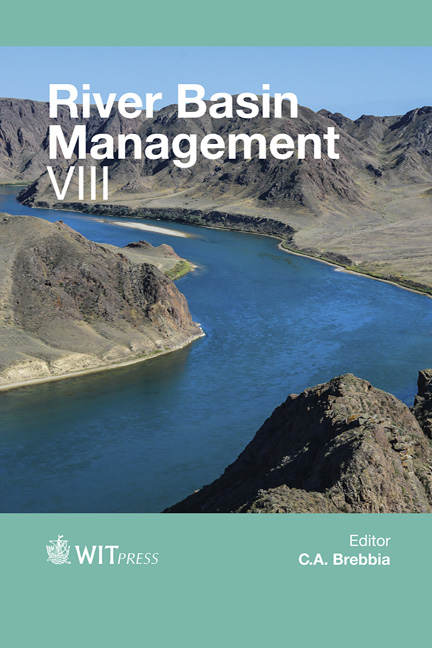Understanding The Consequences Of Land Use Changes On Sustainable River Basin Management In The Pacific Northwest, USA
Price
Free (open access)
Transaction
Volume
197
Pages
11
Page Range
25 - 35
Published
2015
Size
1,799 kb
Paper DOI
10.2495/RM150031
Copyright
WIT Press
Author(s)
M. M. Hasan, M. E. Barber, R. Goel, R. L. Mahler
Abstract
Bioenergy is necessary to meet future world-wide energy demands while helping to offset the global impacts of increased carbon dioxide from traditional fossil fuels. Options for producing bioenergy without adversely impacting food, water, and other environmental resources include using woody biomass as feedstock. Key issues include soil, water quality and loss of biodiversity as collecting small-diameter woody biomass may alter post-timber harvesting landscapes. Little is known about how land use changes impact the entire ecological function of the watershed. This project explored using changes in microbial soil populations as a function of woody biomass removal treatment scenarios to determine potential changes in long-term water export and nutrient ecology. This will help us understand the impacts of biomass removal in the production of jet fuel and be the start of holistic river basin management strategies focused on hydrologic implications of the entire food web.
Microbial population data were collected from 28 one acre plots subject to different land treatments and statistically analyzed to evaluate a null hypothesis that changes in biomass removal do not impact subsurface environment. Results indicate that significant removal of biomass is possible without statistically altering the microbial food web. Longer term analysis of soil infiltration and site runoff are needed to quantify the role of climate condition on these findings.
Keywords
anthropogenic case, ecological impacts, water quantity, evapotranspiration, infiltration, biomass removal





